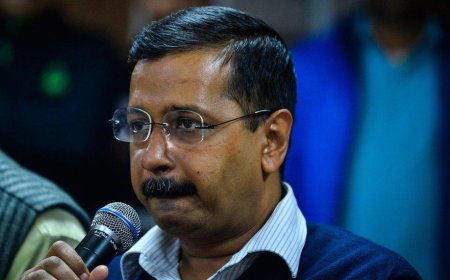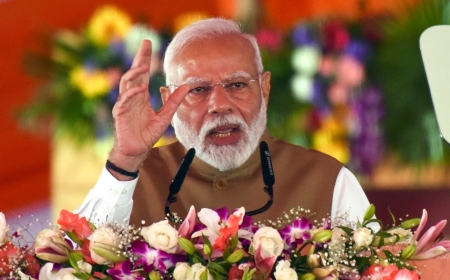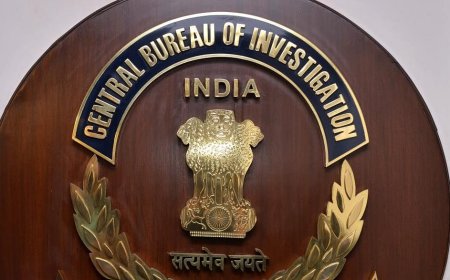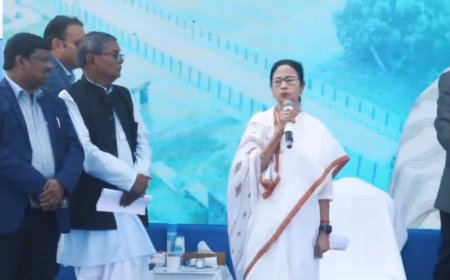ISRO Conducts Historic Space Docking Trial: Satellites Come Within 3 Metres in First Attempt
ISRO conducted a groundbreaking trial for India's first space docking mission under SpaDeX. Two satellites came within 3 meters of each other in space, marking a critical step for India's space exploration programs.
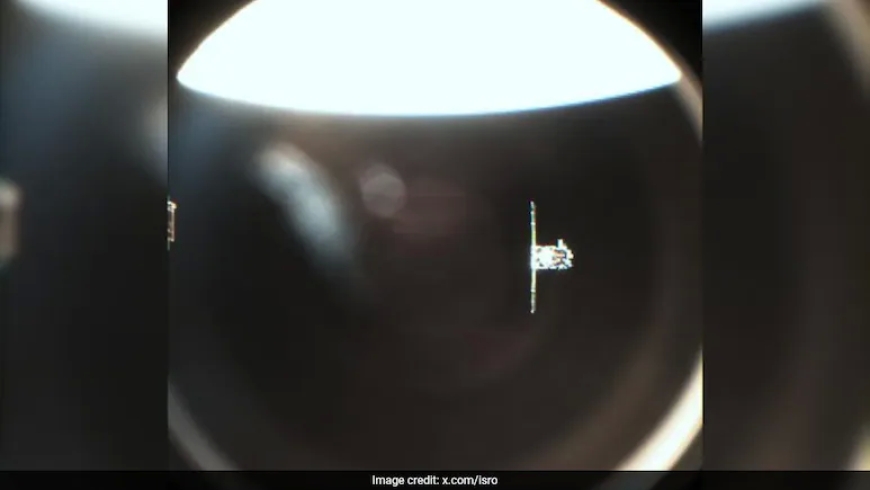
Bengaluru: The Indian Space Research Organisation (ISRO) successfully conducted a significant trial for its first-ever space docking mission under the Space Docking Experiment (SpaDeX). In this trial, two indigenous satellites, SDX01 (Chaser) and SDX02 (Target), maneuvered to within a mere 3 meters of each other in space. This mission is expected to position India as the fourth nation to achieve this milestone, marking a pivotal step in India's space exploration ambitions.
The satellites, launched on December 30 aboard the PSLV C60 rocket, were placed in a 475-kilometer circular orbit. As part of the trial, the spacecraft moved back and forth to refine alignment, with speeds as precise as 10 millimeters per second. The docking process was temporarily paused after reaching 3 meters to allow for further data analysis.
In its latest update, ISRO stated:
"A trial attempt to reach up to 15 meters and further to 3 meters is done. Moving back spacecrafts to a safe distance. The docking process will be done after analyzing data further."
India’s First Space Docking Mission
The SpaDeX mission involves the use of an indigenously developed Bhartiya Docking System, highlighting India's growing capability in advanced space technologies. Docking is a highly complex operation, often referred to as an "exciting handshake," where two spacecraft align precisely to connect physically in orbit.
ISRO Chief Dr. S. Somanath emphasized the challenges of this first-of-its-kind attempt for India.
"The docking exercise will be done only when all sensors have been fully calibrated and tested to satisfaction. All algorithms and scenarios are also tested on the ground before commands are sent to the spacecraft to do the docking autonomously," he said.
The Path Ahead
Following successful docking, the two satellites will operate as a single unit. Electrical power will be transferred from one satellite to the other to verify the functionality of the docking system. The mission will only be declared successful once the satellites undock and resume independent operations.
This breakthrough will pave the way for ambitious future projects, such as the Bharatiya Antariksh Station (India's own space station) and Chandrayaan-4. With SpaDeX, India is poised to join the elite league of nations that have achieved this technological feat.
What's Your Reaction?
 Like
0
Like
0
 Dislike
0
Dislike
0
 Love
0
Love
0
 Funny
0
Funny
0
 Angry
0
Angry
0
 Sad
0
Sad
0
 Wow
0
Wow
0

